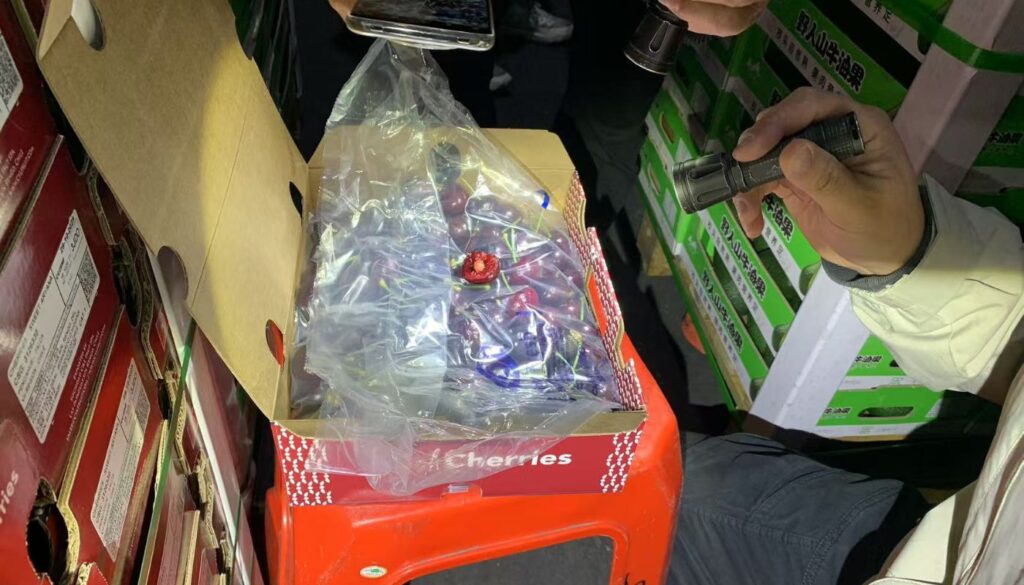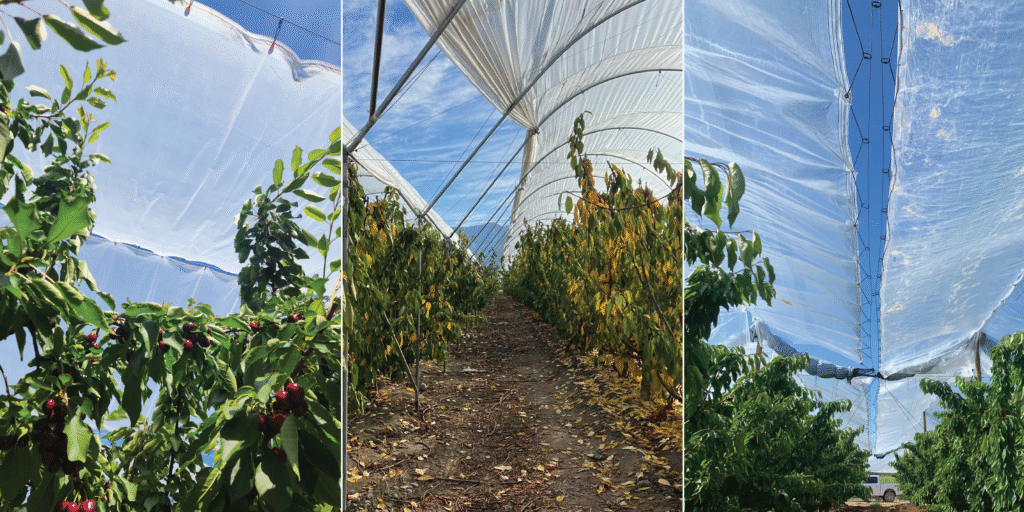Deciduous trees produce, accumulate and mobilize reserves in the form of sugars, amino acids and essential elements. The reserves accumulated in the roots are crucial for the growth and development of the fruit and the plant in each of its phases, providing the necessary nutrients for subsequent budding and flowering.
Why perform reserve analysis?
It is essential to consider that we are in times when resources are scarcer and more expensive. One way to reduce this negative impact is to understand and prioritize that all fertilization must be based on the real nutritional demands of crops.
Quantifying reserves allows for the timely identification and assessment of possible deficiencies, in order to make timely decisions and correct the fertilization program. In this way, it is possible to determine which elements or nutrients need to be correctly adjusted, achieving optimal production levels in the season. A plant with high and balanced reserves will be able to carry out all its metabolic processes without limitations and, as long as climatic conditions allow, express its full potential.
When to perform reserve analysis?
It is crucial to start on the right foot: the analysis of roots or reserves is the starting point of any audit or measurement. At this time, the plants are alive but in a state of dormancy. Later, when the cambium is generated or the plant comes out of winter recess, activation and growth will be supported mainly by all the reserves that the plant has been able to generate, mobilize and accumulate in the different structures such as roots, shoots and buds. As the period of recess approaches its end, the tissues mobilize the nutrients and sugars towards the structures where they will be used.
The months of July and August are the key time for sampling, as crops are in full dormancy or recess and the onset of swollen buds is beginning. Root samples must be representative and homogeneous within a particular plot, selecting plants with the same vigor, height, age, variety, management, etc.
Roots suitable for arginine and starch analysis are those of recent development that measure between 3 and 7 mm in diameter.
Types of booking analysis that AGQ Labs performs:
- Arginine Analysis.
- Basic Analysis of Arginine and Starch.
- Basic Analysis and Phosphorus.
- Standard Reserves Analysis (Arginine, Starch, Phosphorus and Potassium).
- Complete Reserves Analysis (Arginine, Starch, Phosphorus, Potassium and Protein).
With the analytical results from the laboratory and observations in the field, it will be possible to know the state of the crop's root reserves for sprouting and what future corrections should be made to the foliar nutrition and irrigation programs in spring. This will avoid possible problems or deficiencies and will allow to prepare for the season with solutions programmed in an effective and timely manner.


For more information, quotes for services and technical advice, contact our experts who are distributed throughout all areas of the country.
Sales Manager: Hugo Orellana /+569 9885 6758/ [email protected]
Product Manager: Ximena Vargas /+569 9496 6300/ [email protected]
North Central Zone: Joseba Irigoyen /+569 3929 0759/ [email protected]
South Central Zone: Gianfranco Bavestrello /+569 40901579/ [email protected]
Agriculture Customer Service: Heyde Moreno /+56 9 9083 0293/ [email protected]








